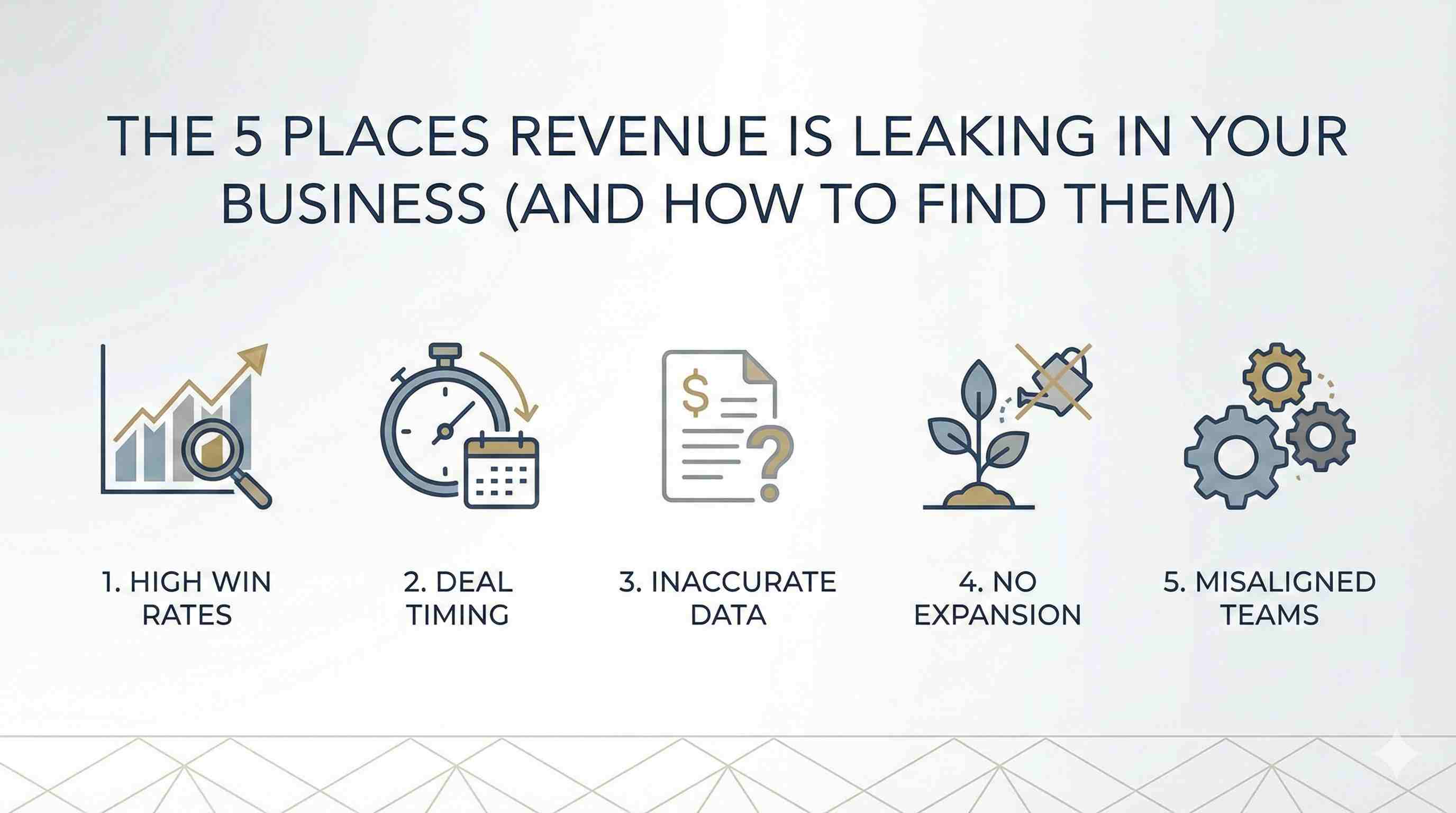
Subscriptions add up quickly. But there's a simple way to understand why and how you can prevent it.
This is an article summary of the video at the bottom of the page.
Ever wondered why your company seems to use more software tools than there are stars in the sky? Here's a simple breakdown of why this happens and how to get on top of it.
So, Why So Many Tools?
First up, let's talk about why every department seems to have its own little software universe. From marketing and sales to HR and supply chain, everyone needs specific tools to do their jobs. And as your business grows, so does the number of tools everyone uses.
Usually, folks in a department will find a tool they need and subscribe to it. This happens over and over, and before you know it, you've got a whole bunch of tools, often with lots of overlap. Plus, it's hard to keep track of how much you're spending and whether all these tools work well together. It's like having a toolbox so big you can't find your favorite hammer!
What Can We Do About It?
This is where Tech Ops comes in. Think of them as the toolshed organizers. They look at all the software used across different departments and figure out ways to simplify things. Their goal? Reduce the number of tools and merge different functions into one platform if possible.
Tech Ops teams also carry out "tech stack audits." Imagine this as taking a big ol' inventory of all the tools your company uses, seeing whether each is needed, and figuring out where you might be able to slim down.
Using Modern Platforms for Simplicity
We're pretty lucky these days because there are some snazzy platforms out there that can do lots of things at once. For example, Enterprise Resource Planning (ERP) systems can handle everything from sales and shipping to finance, supply chain, and HR. CRM systems are also great for bridging the gap across several departments and can be boosted even further with integrations.
These platforms can cut down the need for heaps of different tools, helping to make your software subscriptions less of a headache and your operations more streamlined.
Wrapping It Up
So, even though it's normal to end up with a bunch of software tools, it doesn't mean you're stuck with an overflowing toolbox. By taking a strategic look at the big picture (with the help of Tech Ops), conducting a tech stack audit, and taking advantage of multi-tasking platforms, you can simplify things.
Remember, the path to a tidy tech stack starts with understanding what your business needs and ends with a good old fashioned audit. With everything neat and streamlined, you can focus on what really matters - delivering the goods for your customers!





